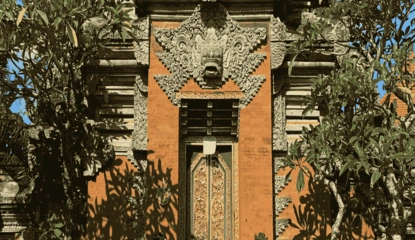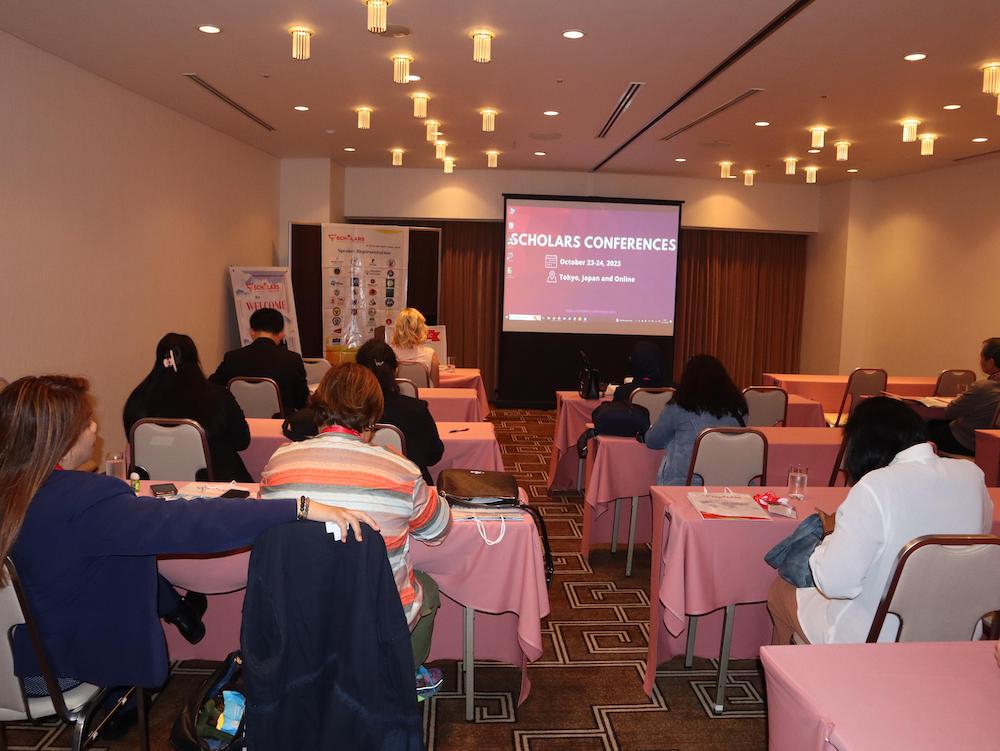Udeng is a traditional headcloth worn by Balinese men as part of their traditional attire. Beyond being a symbol of cultural identity, the udeng carries profound spiritual and philosophical meanings, reflecting harmony and respect for traditions.
Characteristics of Udeng
Shape and Design:
The udeng is tied in a knot at the center of the forehead, symbolizing focus and balance. The cloth is typically tied symmetrically with neat ends.
Motifs and Colors:
The colors and patterns of the udeng vary depending on the occasion or ceremony:
- Plain White Udeng: Often used for religious ceremonies, symbolizing purity and peace.
- Patterned Udeng: Worn for traditional events or daily use, featuring batik or traditional Balinese patterns.
Material:
Made from cotton or silk fabric, providing comfort and durability.
Philosophy of Udeng
1. Purity and Honor:
The udeng represents purity of thought and the honor of Balinese men in fulfilling their cultural and religious duties.
2. Balance in Life:
The central knot symbolizes balance among the mind, body, and soul, in line with the Tri Hita Karana philosophy.
3. Cultural Identity:
Serves as a symbol of pride and cultural identity for Balinese men.
Functions and Uses of Udeng
1. Religious Ceremonies:
White udeng is commonly worn during religious events such as Galungan, Kuningan, and Odalan at temples.
2. Traditional Events:
Used in traditional ceremonies like weddings, tooth-filing rituals, or welcoming dignitaries.
3. Daily Life:
Patterned or colored udeng is used as an accessory in everyday life to showcase cultural identity.
Unique Facts About Udeng
1. Although simple, udeng can be adjusted to suit the occasion or the wearer’s style.
2. Modern udeng designs are available in ready-to-wear forms, making it easier to use without manually folding the fabric.
3.The udeng remains relevant in modern life and has often inspired contemporary Balinese fashion.












